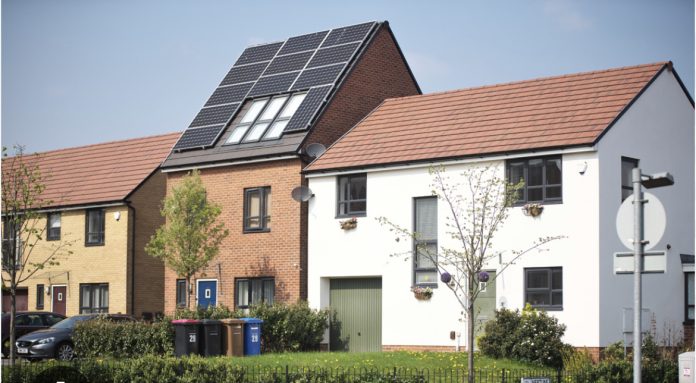It’s taken ten years and many alterations and was rejected by one of the region’s ten boroughs but this week Greater Manchester’s Places for Everyone plan has finally been formally adopted
Wednesday saw the final set of full council meetings where councillors were asked to adopt the comprehensive joint development plan. Bolton, Bury, Manchester, Oldham, Rochdale, Salford, Tameside, Trafford, and Wigan have now all resolved to adopt the plan, meaning it comes into effect today.
The plan will see 175,000 new homes being built in the region over the next fifteen years along with land being released to build new employment space
Over 5,000 acres of Green belt land will be utilised although the plan promises to protecting Green Belt land from the risk of unplanned development.
The plan identifies the amount of new development that will come forward across the nine districts, from new homes to industrial sites, and will support the delivery of key infrastructure, while protecting important environmental assets.
It will also ensure all new developments are sustainably integrated into Greater Manchester’s transport network or supported by new infrastructure.
The tenth authority Stockport rejected the plans but the council is engaged with the other authorities involved, but for the moment its focus is on its own town centre and wider regeneration and transformation which is currently underway”,
Paul Dennett, City Mayor of Salford and GMCA Portfolio Lead for Places for Everyone, said:
“This is a major milestone for our city-region, and the culmination of a process that first began 10 years ago.
“It’s been a complex journey but Places for Everyone is now part of the development strategy in the nine boroughs, opening up a new chapter in Greater Manchester’s devolution story. As a long-term spatial plan, we can use it as a tool to advocate for our people, places and businesses, maximise our strengths, and achieve our potential in a global economy.
“Places for Everyone is the key to delivering the homes that our communities need, revitalising our town centres, rejuvenating our green spaces, and integrating new developments into our transport infrastructure. In addition having a plan for homes, jobs and sustainable growth is the best line of defence against costly unplanned development.”







